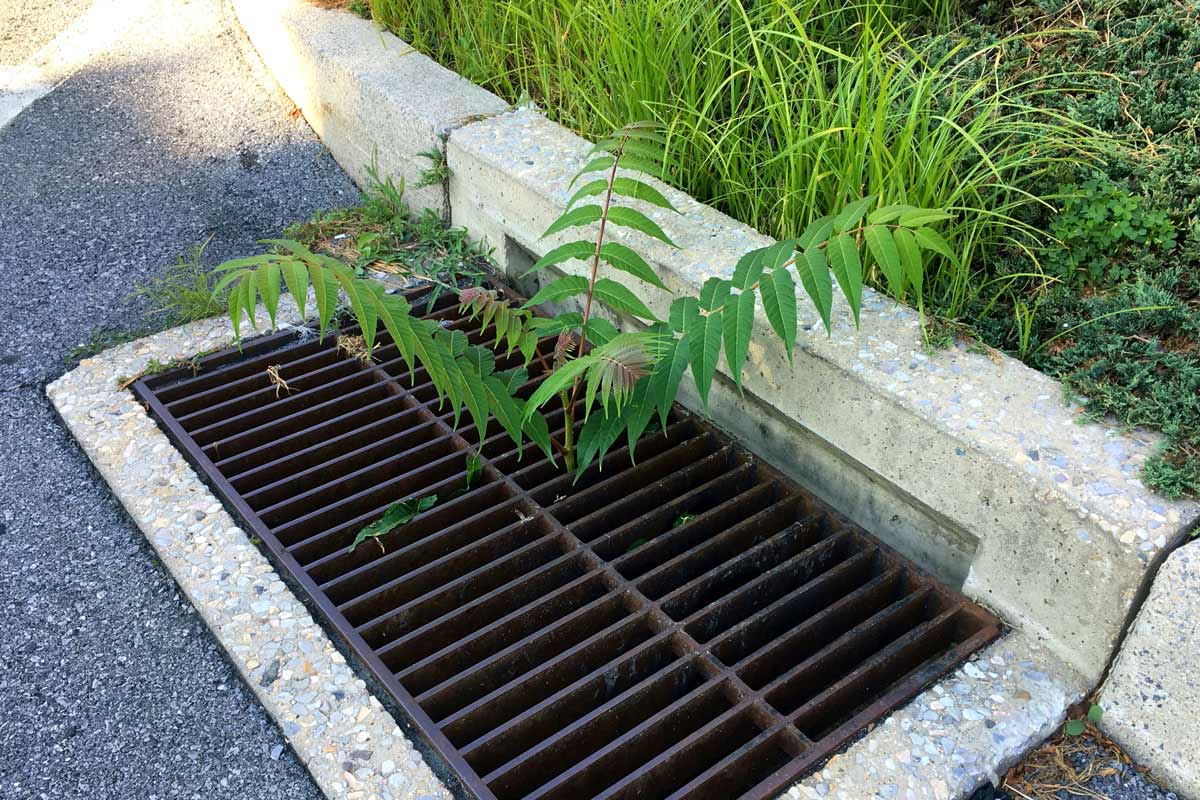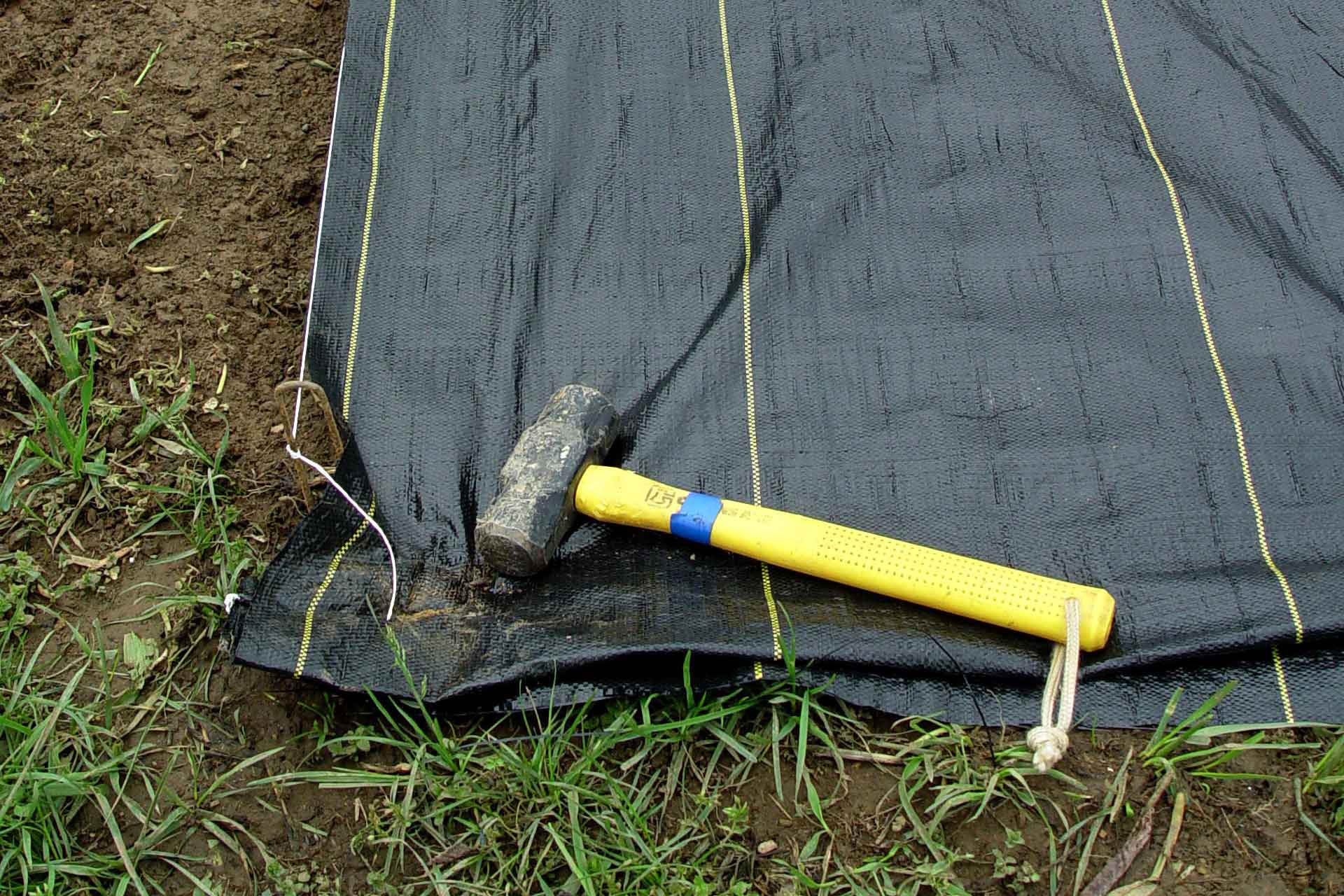Where Are Those Weeds Coming From?
Here are 9 ways weeds find their way to your garden, plus 5 tips to limit their spread.
Weeds are so prolific because they have top-notch survival skills.
These are plants that have developed traits that give them a leg up on the competition, allowing them to colonize bare space first and often to overtake and choke out earlier but weaker competitors.
One key survival trait of weeds is their super seeding ability. Some weeds produce tens of thousands of viable seeds per plant per year and then store them for years (or decades) just below the soil surface.
Annual weeds are particularly good at seeding, such as the common cool-season sprouters purple deadnettle, henbit, hairy bittercress, groundsel, and chickweed and some of America’s most widespread late-spring and summer annuals – pigweed, garlic mustard, crabgrass, goosegrass, spotted and prostrate spurge, lambsquarters, purslane, Pennsylvania smartweed, and hairy galinsoga.
Still others are good at disbursing their seeds far and wide, often due to “fluffy” seedheads that float on the wind. Dandelions, thistle, and marestail are among the best long-range travelers.

Weeds will sprout where desirable plants won't.
A second survival skill is versatility – the ability to endure a wide variety of adverse conditions, including poor soil that discourages lesser plants.
These are weeds you’ll see growing in some of the harshest sites – along windy roadsides; on rocky, south-facing slopes; in compacted clay; in gravelly alleys, and even in the cracks of concrete sidewalks and asphalt driveways.
Examples: plantain, chicory, ground ivy, Japanese knotweed, crabgrass, prickly lettuce, ragweed, pokeweed, spotted and prostrate spurge, birdsfoot trefoil, field bindweed, Russian and Canada thistle, dandelions, velvetleaf, and sorrel.

Thistle is one of the toughest weeds because it combines the survival skills of rampant seeding, a prickly defense, and the ability to regenerate from even a small root piece left behind. George Weigel
A third survival skill is endurance. This is a plant’s ability to outgrow the competition, to quickly regenerate an area that a gardener has cleared, or to regrow when the top growth has been cut or sprayed.
Kudzu, mile-a-minute weed, and poison ivy are weeds that seem to grow a foot when you turn your back, while thistle, bindweed, wild onions, wild garlic, goutweed, and yellow nutsedge are weeds that grow back with a vengeance from every last piece of root or runner that wasn’t completely killed or removed.

Weeds are such survivors they can seemingly grow most anywhere. Here’s a tree of heaven sprouting from a storm sewer. George Weigel
And a fourth survival skill is good defense – weeds that protect themselves from harm by giving off territory-defending, plant-stunting chemicals (“allelopathy”), by growing sharp thorns and prickles, and/or by producing toxic compounds when eaten or touched.
Examples of weeds with plant-stunting ability are tree of heaven, mugwort, white and red clover, giant ragweed, mustard, lambsquarters, and pigweed.
Examples of weeds with thorns and prickles are multiflora rose, Japanese barberry, stinging nettle, thistle, cocklebur, and puncturevine.
And examples of weeds with toxic or rash-causing compounds are poison hemlock, jimson weed, death camas, deadly and bittersweet nightshade, pokeweed, wild parsnips, poison ivy, poison sumac, poison oak, giant hogweed and wild carrot.
How to fight back against these toughest of weeds? Try these strategies:
It’s possible to eliminate any weed if you’re persistent enough in cutting and digging.
No weed has become resistant yet to being completely dug out of the ground – roots and all. To combat weeds that regrow from even small root bits left behind, police regularly and remove all regrowers ASAP. Eventually, you’ll get them all.
Even cutting or weed-whacking weeds (and their regrowth) repeatedly can win the day. Those weed roots need energy from the sun via leaves, so if you deny that, the energy bank eventually goes broke, and the plant gives up.
For those prickly and rash-causing weeds, wear gloves and protective clothing, avoid weed-whacking (which can spew the rash-causing oils into eyes and onto unprotected skin), and be aware that those oils are active even when the plants are dormant or recently killed.
A variety of broadleaf weed-killers are available that target most every weed, including selectively killing most lawn weeds without harming grass.
Non-selective herbicides kill most anything green, including ones such as glyphosate that travel down through foliage and into the roots, killing the whole plant.
Read labels carefully to make sure you’re using the right product for the job and using it in the correct dose, the correct way, and at the correct time.
Many of the toughest weeds need two or three applications before they’re eradicated.

A soil covering is one way to smother a patch of weeds. George Weigel
Weeds can be snuffed out by covering them with weed fabric, black plastic, or a thick layer of mulch to deny light.
This is most useful in areas that are completely covered with weeds – where you can blanket the entire space without harming desirable plants.
Leave the cover in place for at least several months; a whole year is even better. You might need to weed-whack taller weeds first before covering.
To quell rampant-seeding weeds, never let a weed produce mature seed. Cut it or remove it before flowering to keep seeds from dropping and adding to the seed bank.
Step two is disturbing the soil as little as possible. Tilling, digging, and cultivating stir dormant weed seeds to the soil surface, encouraging them to sprout in the warmth and light.
Step three is discouraging seeds from germinating. A two- to three-inch layer of mulch over all bare soil is one good way to do that, and another is applying granular weed preventers, such as Preen.
Preen Extended Control Weed Preventer can be applied around most existing garden plants (see product label for a list of compatible plants and noted exceptions). An annual spring application of it stops more than 100 types of weeds, and an early-fall application stops most winter annuals.
In lawns, Preen One Lawncare is a three-way product that prevents crabgrass and most other summer-annual grassy weeds as well as kills or prevents many summer-annual weeds that plague thin lawns.
Preen Mulch with Extended Control Weed Preventer combines the extended weed-preventer with mulch for using between and existing plants.
There’s a gardening truism that "if you have too many weeds, you don’t have enough plants."
One purpose of weeds is that it’s nature way of covering bare soil to prevent it from eroding. If you can plant all open soil with well-chosen plants that densely cover the space, you’ll get that job done with plantings that suit you better.
Never let soil open and bare, or some weed will quickly fill it.